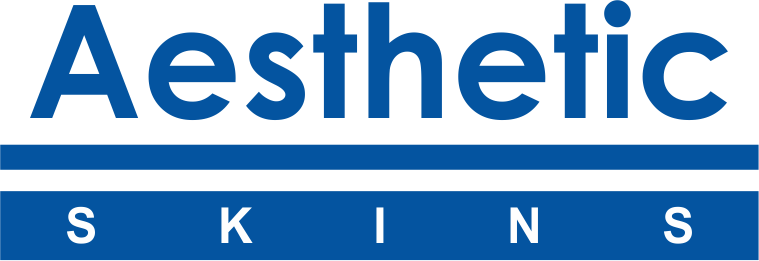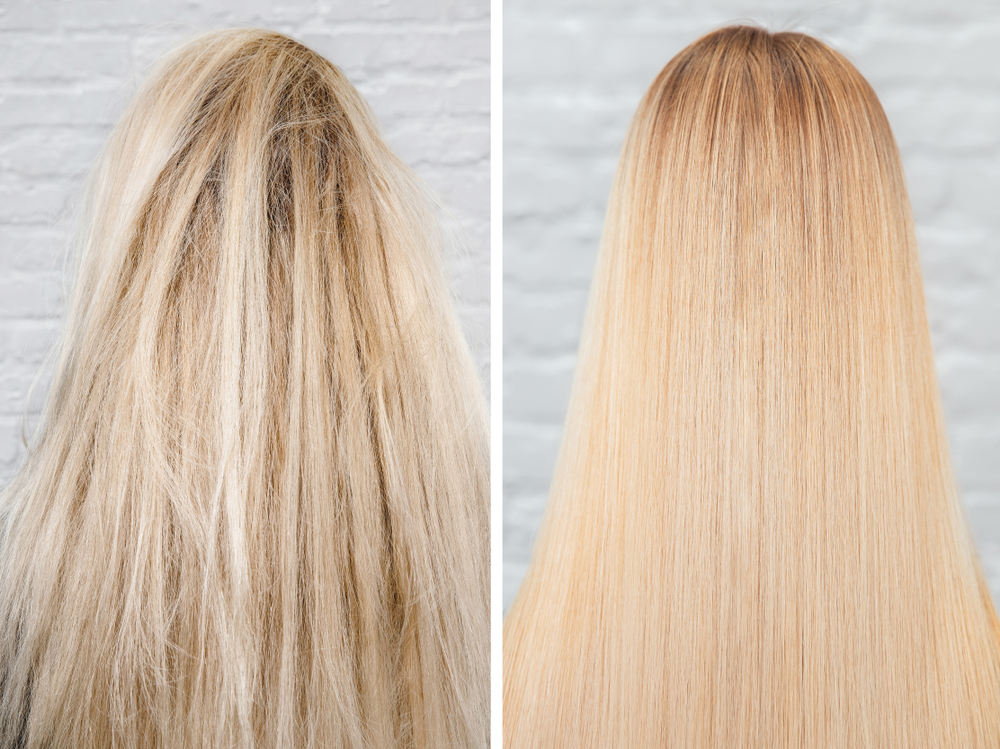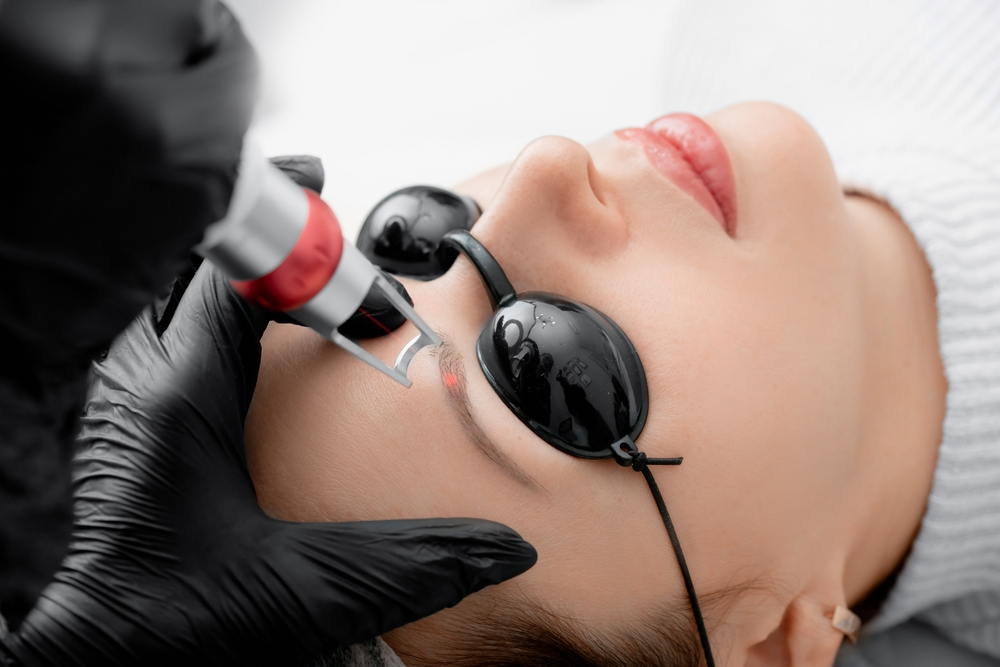Hair Extensions Healing Process and Its Cost
Introduction
Hair extensions are a popular choice for individuals looking to add length, volume, or color to their natural hair. Understanding the healing process and associated costs is essential for those considering hair extensions. In this article, we’ll explore the healing process of hair extensions and discuss the factors that influence their cost.
Understanding Hair Extensions Healing Process
Procedure Overview Hair extensions are applied using various methods, including tape-in, clip-in, sew-in, fusion, and micro-link extensions. The process involves attaching additional hair strands to the natural hair to achieve the desired look. The specific method used will influence the duration and complexity of the healing process.
Healing Timeline After getting hair extensions, individuals may experience some initial discomfort or tightness as they adjust to the added weight or tension on their scalp. Any mild discomfort typically subsides within a few days as the scalp adjusts to the extensions. It’s essential to follow proper care instructions provided by the stylist to ensure the longevity of the extensions and minimize any potential damage to the natural hair.
Aftercare Instructions Proper aftercare is crucial for maintaining the health and appearance of hair extensions. This may include avoiding excessive heat styling, using sulfate-free shampoos and conditioners, and brushing the hair gently to prevent tangling and breakage. Regular maintenance appointments with a hairstylist may also be necessary to adjust or reposition the extensions as the natural hair grows.
Factors Influencing Hair Extensions Cost
Extension Type The type of hair extensions chosen can significantly impact the overall cost. Synthetic hair extensions are typically more affordable than human hair extensions, but they may not look as natural or last as long. Remy human hair extensions, which are considered the highest quality, tend to be more expensive but offer superior longevity and a more seamless blend with natural hair.
Installation Method Different installation methods require varying levels of skill, time, and materials, which can affect the overall cost of hair extensions. For example, fusion or micro-link extensions may be more labor-intensive and therefore more expensive than clip-in or tape-in extensions.
Hair Length and Density The length and density of the desired hairstyle will also influence the cost of hair extensions. Longer or thicker extensions require more hair strands and may require additional time and expertise to install, resulting in higher costs.
Salon Reputation and Location The reputation and location of the salon or hairstylist performing the hair extension service can also impact the cost. Established salons in urban areas or upscale neighborhoods may charge higher prices for their services compared to smaller or less well-known establishments.
Conclusion
Hair extensions can be a transformative and confidence-boosting hair enhancement option for individuals seeking to change their look. By understanding the healing process and factors influencing the cost of hair extensions, individuals can make informed decisions about their hairstyle and budget accordingly.
Microblading, Permanent Makeup
Book Your Appointment at Aesthetic Skins






